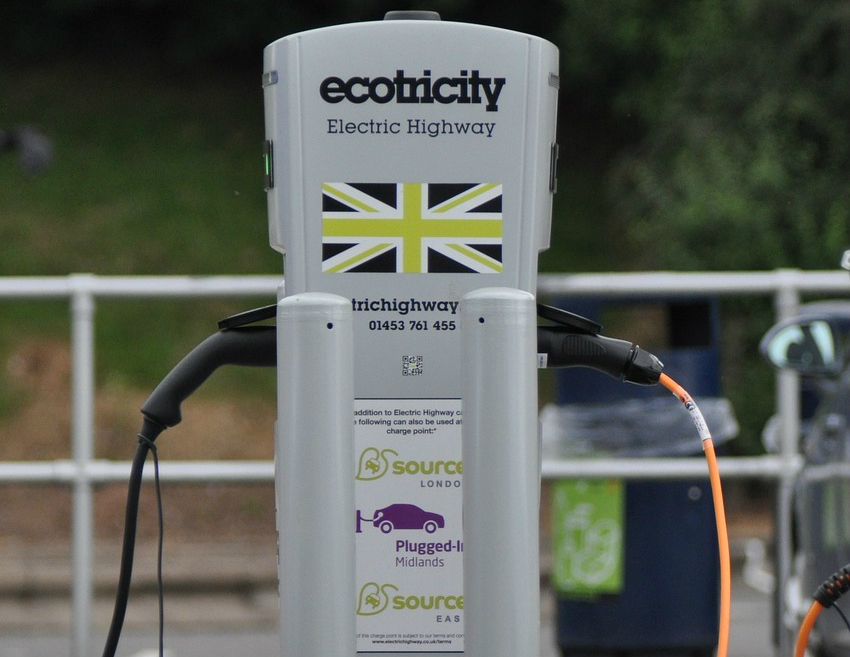Commercial Feature
How to charge a Chinese EV in Europe?

Are you looking to learn how to charge a Chinese EV in Europe? It is not such an easy thing as plug and play, because Chinese EVs make use of another different charging system than the traditional ones within Europe; which can make the charging feel confusing and overwhelming.
But don’t worry, since this article will break it all down, step by step, so that you will know how to handle these differences.
So, let’s get started.
Is there a difference in EV charging standards in China and Europe?
Before getting straight to how to charge a Chinese EV in Europe, it’s essential to first understand the difference in EV charging standards in China and Europe.
Well, China and Europe have different charging systems; therefore, adaptation needs to be made in the case of using Chinese EVs in Europe.
GBT charging
GBT primarily refers to the standard for charging electric vehicles used in China. Here is what you should know:
- Connector Type: GBT uses two different types of connectors, one for slow charging-AC and another for fast charging-DC.
- Where it’s Used: Most of all charging stations in China are on this system; it’s also the default connector for Chinese EVs.
- Charging Speed: GBT supports fast charging of up to 250 kW.
Since GBT is mainly used in China, you will not really find any GBT charging stations in Europe.
CCS2 charging
CCS2 means Combined Charging System Type 2. It has been widely used in Europe:
- Connector Type: CCS2 uses a single connector that can work for both slow (AC) and fast (DC) charging, making it simpler.
- Where it’s Used: Most European charging stations use CCS2, and nearly all European EVs have this connector.
- Charging Speed: CCS2 is also capable of supporting very fast charging of up to 350 kW.
Since GBT and CCS2 are incompatible, your Chinese electric vehicle would directly not connect to the European charging stations. This is where a CCS2 to GBT adapter comes in, allowing your car to fit the charging stations in Europe.
What is a CCS2 to GBT adapter?
The adapter is a simple device that will let the Chinese EV charge from European charging stations. Since Chinese EVs use a different plug (GBT) than the ones in Europe (CCS2), they don’t match up directly. That problem is solved by connecting the European CCS2 plug to the GBT port in your car.
It helps your car and the charging station “talk” correctly with each other for flawless charging. Thanks to this adapter, you will be able to charge your Chinese EV at almost every public charging station around Europe.
How can you charge your EV with a CCS2-GBT adapter?
Charging your Chinese EV using a CCS2 to GBT adapter is relatively not a hassle. Here is how you can do that in easy steps:
- Connect the Adapter: At the charging station, plug the CCS2 connector into the adapter. Then, attach the adapter to your car’s GBT port.
- Start Charging: Follow the instructions on the charging station to start charging. You may need to pay with an app, card, or contactless payment.
- Check Charging Progress: Look at your EV’s screen or the charging app to see how much charge your car has.
- Disconnect and Store: When charging is done, unplug the adapter and store it safely in your vehicle for next time.
How to choose the best CCS2 to GBT adapter?
Choosing the right CCS2 to GBT adapter can be a little complicated; here’s what you need to know:
- Compatibility: Make sure the adapter works with your specific Chinese EV model.
- Charging Speed: Look for an adapter that supports fast charging.
- Certification: Choose adapters that are tested and certified for safety.
- User Reviews: Check what other users say about the adapter to see if it’s reliable.
- Warranty and Support: Buy from a brand that offers a warranty and good customer support.
Just some tips to follow, and you can quickly get yourself an adapter that is well-suited for charging your EV.
 Features / Cambridge SU: has-been or never-was?16 September 2025
Features / Cambridge SU: has-been or never-was?16 September 2025 Arts / A walking tour of Art Deco Cambridge16 September 2025
Arts / A walking tour of Art Deco Cambridge16 September 2025 News / Ludwig filming returns to Cambridge17 September 2025
News / Ludwig filming returns to Cambridge17 September 2025 News / AstraZeneca pulls £200 million in funding for Cambridge research site15 September 2025
News / AstraZeneca pulls £200 million in funding for Cambridge research site15 September 2025 Comment / Cambridge South is right to be ambitious13 September 2025
Comment / Cambridge South is right to be ambitious13 September 2025





